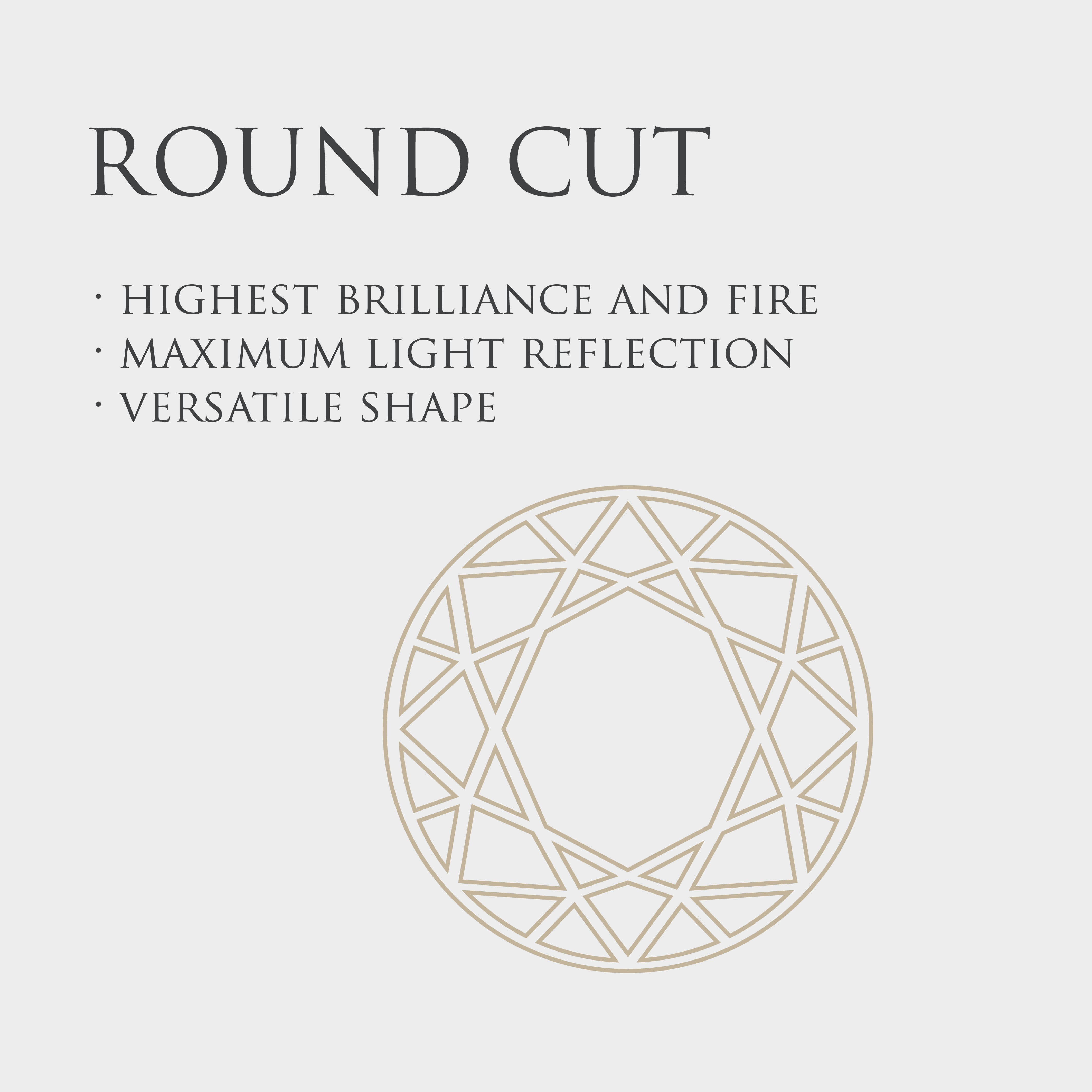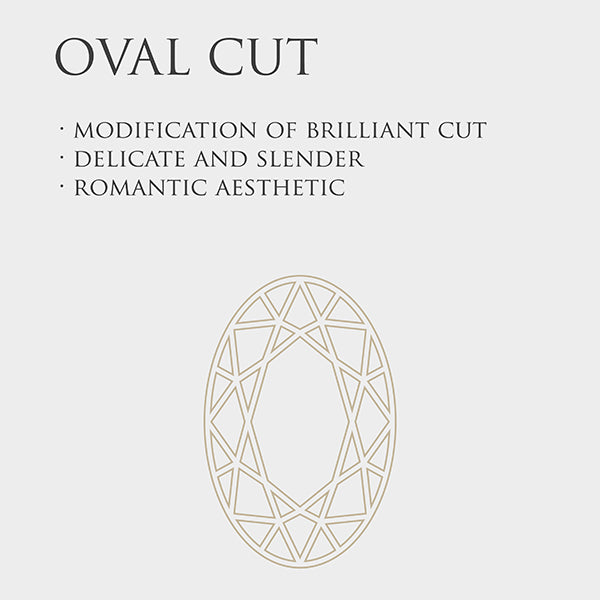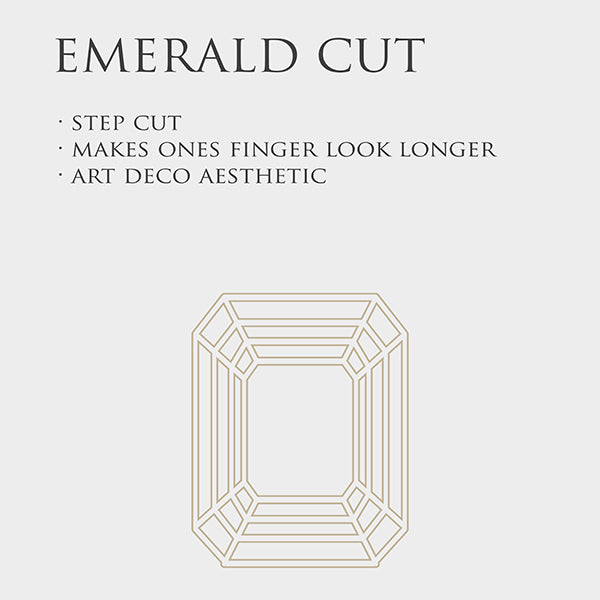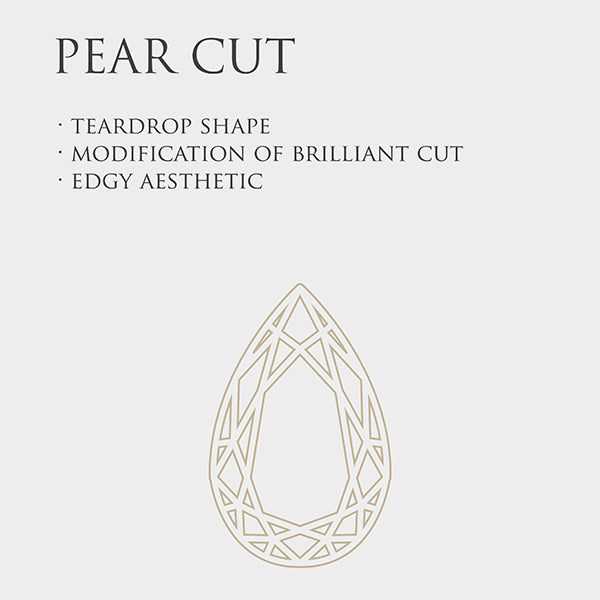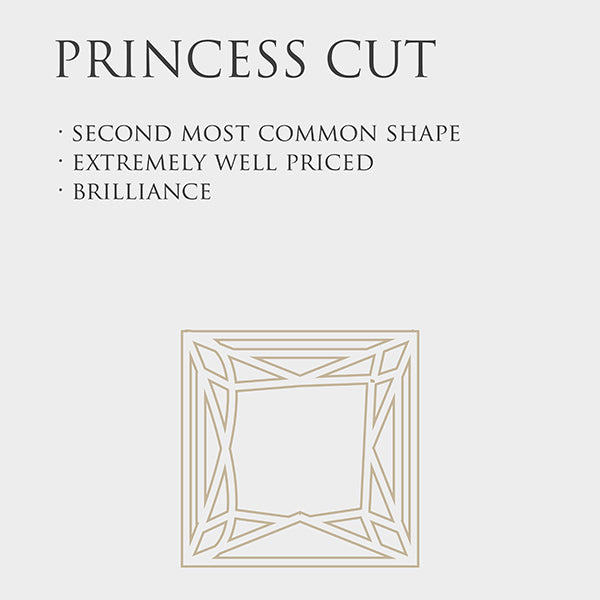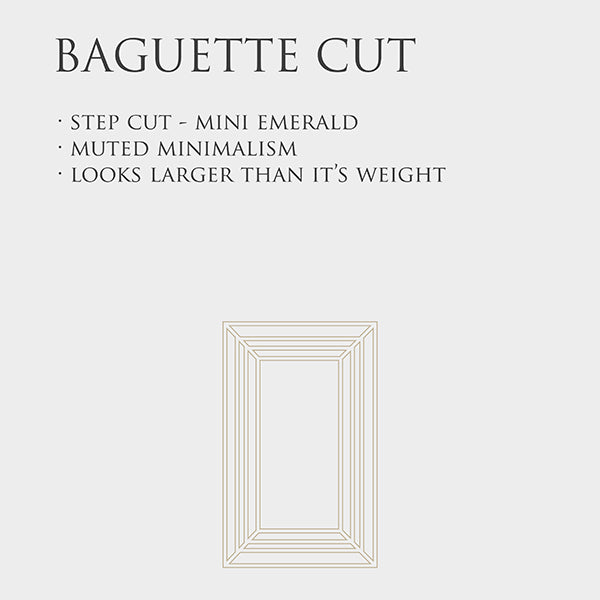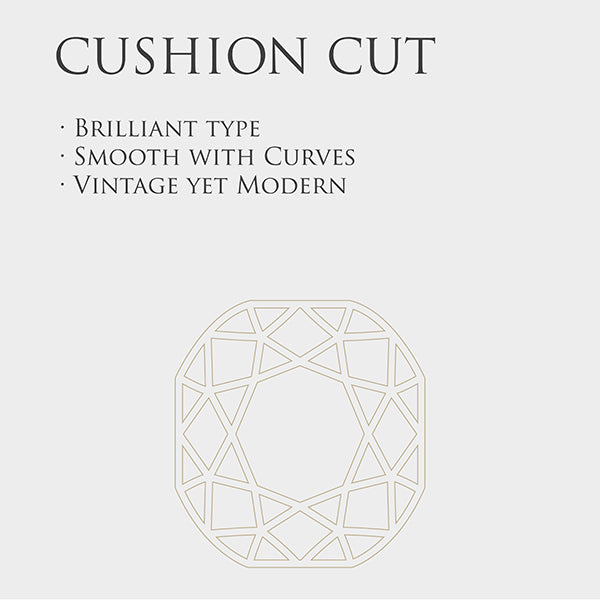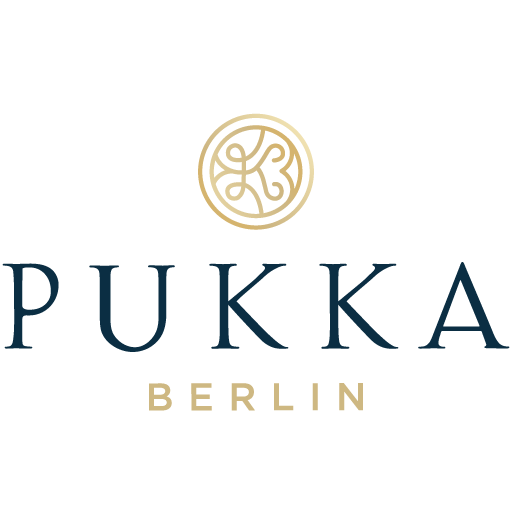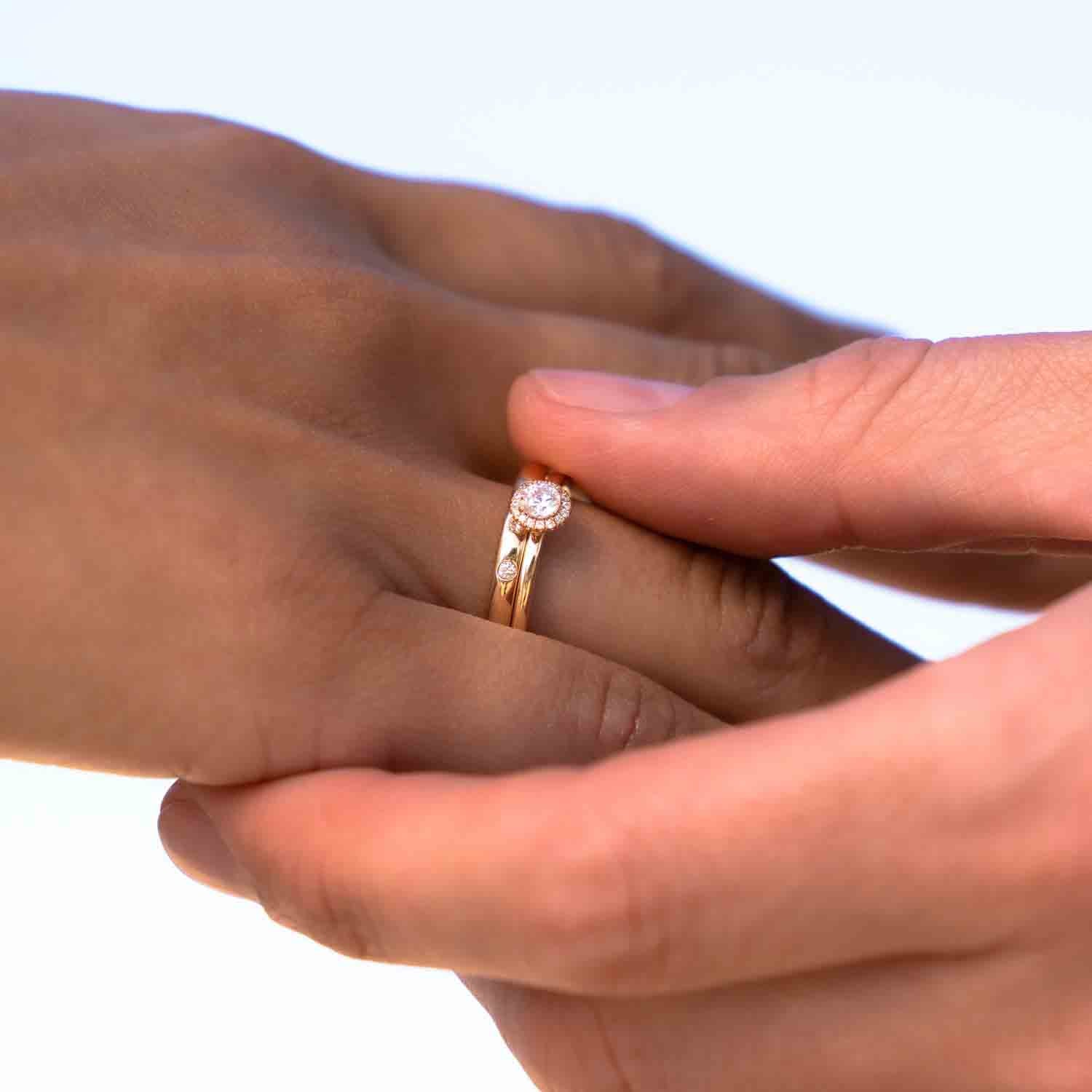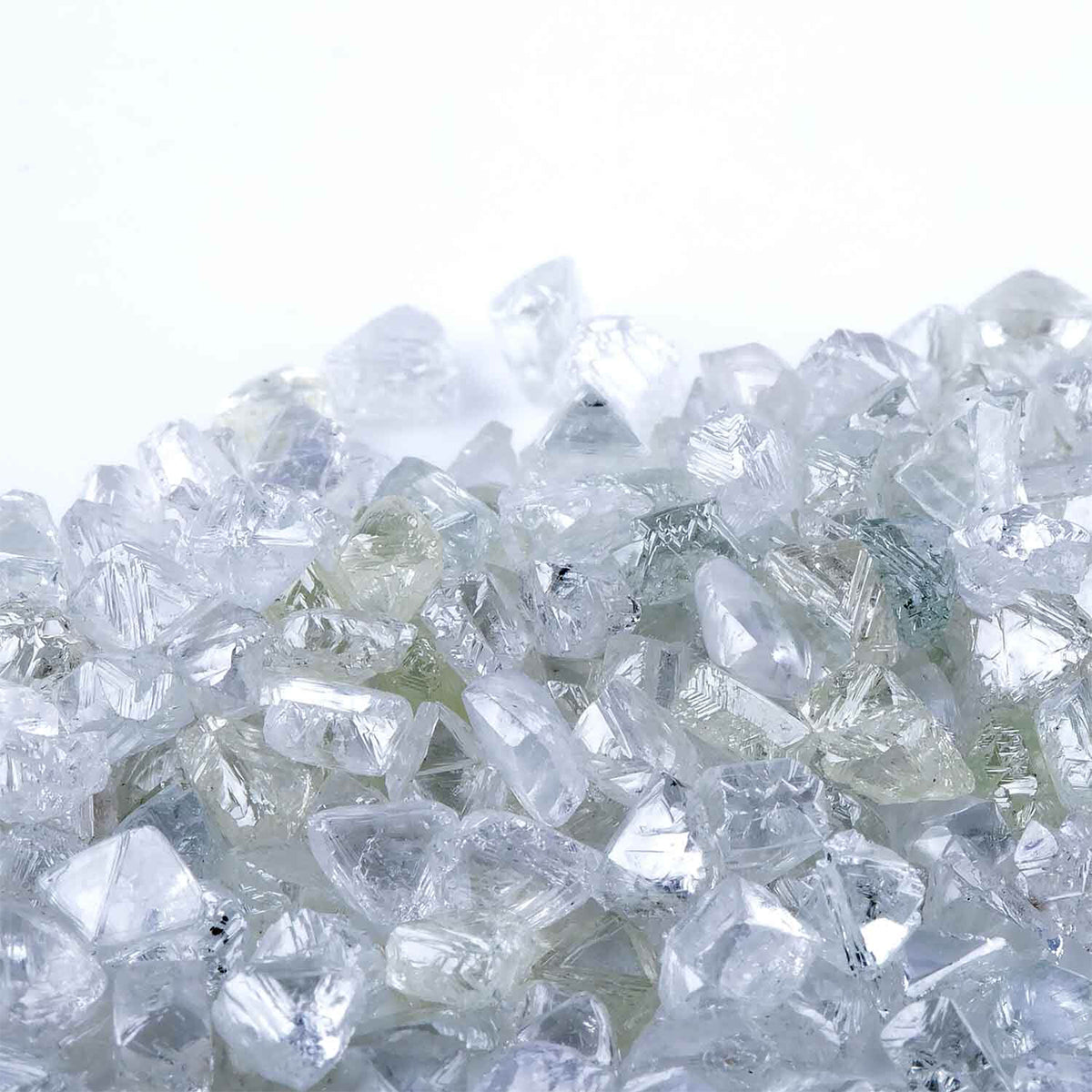Unsere Diamanten strahlen heller für dich, da wir alle unsere Schmuckstücke mit Diamanten intern in Handarbeit fertigen. Dies ermöglicht uns, höchste Qualität in akribischer Detailarbeit zu implementieren, ohne Qualitätsprobleme durch die Involvierung von Dritten zu fürchten. Jeder Diamant ist ein Unikat und drückt individuelle Eigenschaften aus.
Die Qualität eines Diamanten hängt dabei von 4 Cs (Englisch) ab – Karat, Klarheit, Farbe und Schliff.
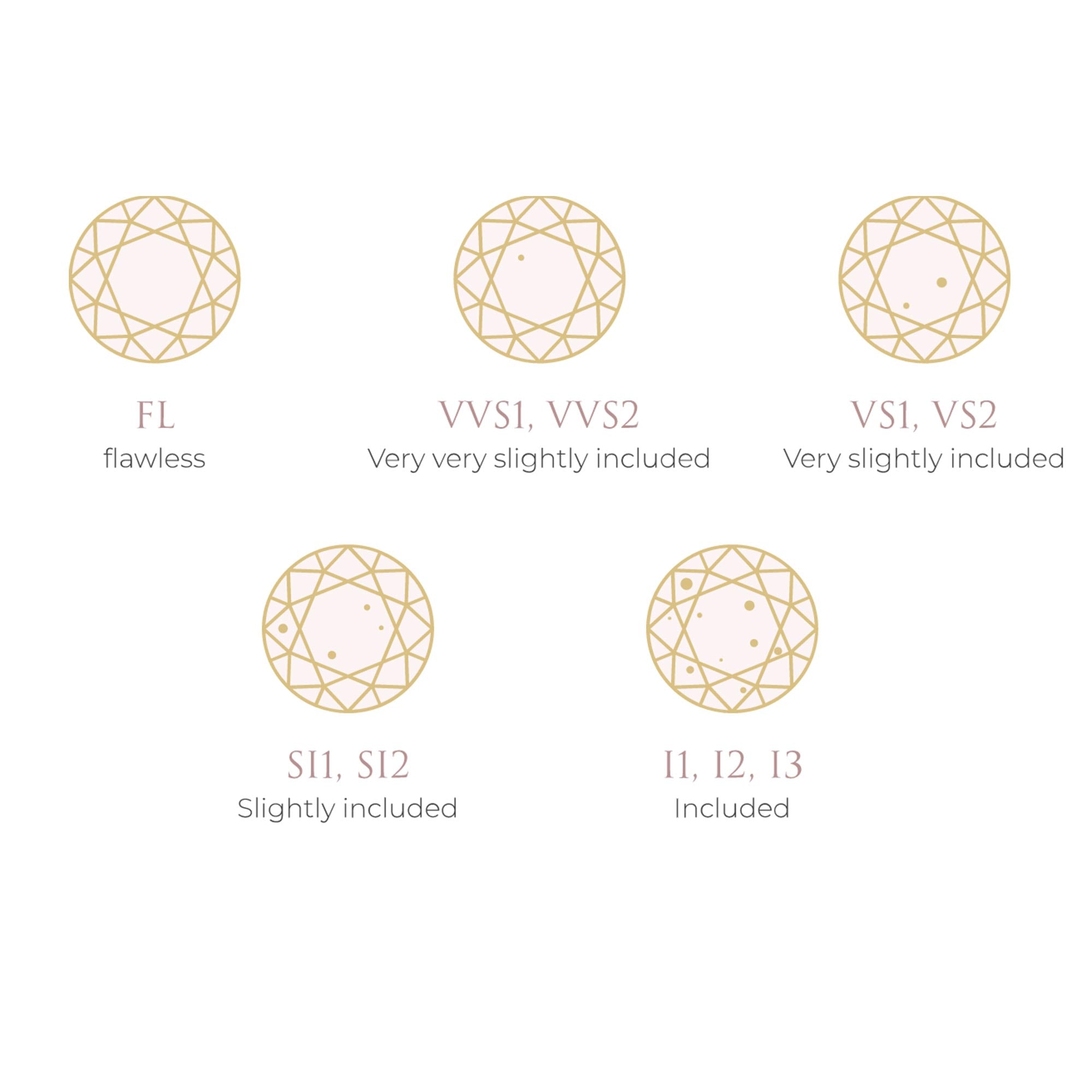
Die 4 C´S
Clarity (Reinheit)
Lupenrein oder innerlich lupenrein ist der höchste Reinheitsgrad, bei dem selbst unter 10-facher Vergrößerung keine Makel erkennbar sind, es können lediglich kleine Fehler an der Oberfläche bestehen
Ein Reinheitsgrad von 1 oder 2 (VVS1 oder VVS2) weist extrem geringe Einschlüsse auf, die selbst für einen Experten unter 10-facher Vergrößerung nur schwer zu erkennen sind.
Bei einer VS1- oder VS2-Klassifizierung sind nur geringfügige Einschlüsse vorhanden.
SI1 oder SI2 Diamanten weisen sichtbare Fehler auf, die unter 10-facher Vergrößerung zu erkennen sind.
I1, I2 oder I3 Diamanten weisen unter 10-facher Vergrößerung deutliche Einschlüsse auf, die teilweise sogar mit dem bloßen Auge zu erkennen sind.
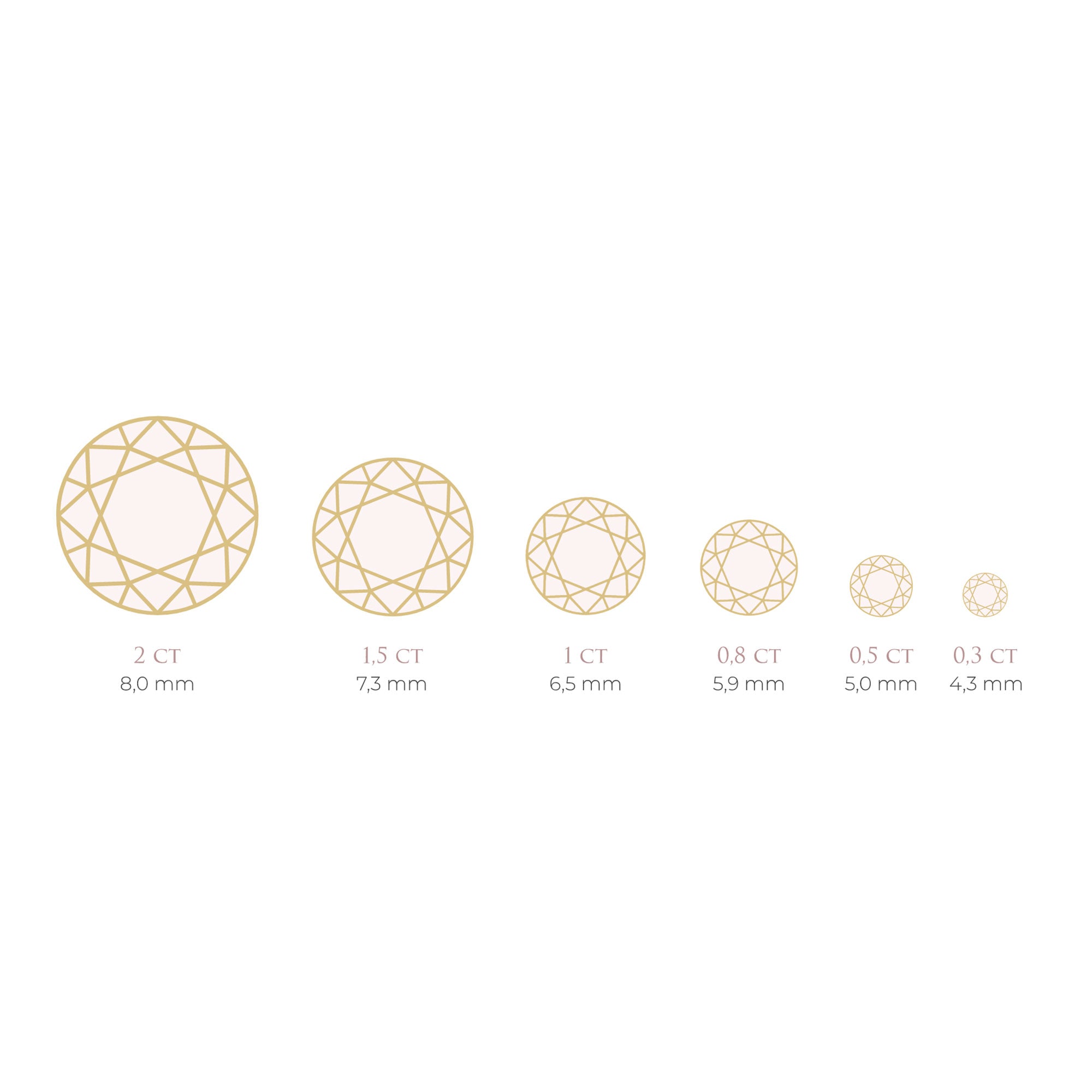
Die 4 C´S
Carat (Karat)
Karat definiert das Gewicht des Diamanten und ist das verbreiteste Unterscheidungsmerkmal.
Ein Karat wiegt etwa 200 Milligramm. Du kannst das Gewicht eines Diamanten auch in Punkten bewerten, wobei 100 Punkte einem Karat entsprechen.
Es besteht ein direkter Zusammenhang zwischen dem Preis und dem Karat-Gewicht eines Diamanten. Vor diesem Hintergrund würde ein 1-Karat Diamant im Vergleich zu zwei 0,5-Karat Diamanten zu einem höheren Preis verkauft.

Die 4 C´S
Colour (Farbe)
Die Farbe eines Diamanten wird nach dem Gemmological Institute of America (GIA) von D (völlig farblos) bis Z (stark gefärbt) eingeteilt.
Der ideale und dementsprechend teuerste Diamant ist völlig farblos. Manchmal erscheinen wenig gefärbte Diamanten mit dem bloßen Auge weiß, aber sie haben tatsächlich leichte Gelbtöne.

Die 4 C´S
Cut (Schliff)
Der Schliffgrad eines Diamanten bezieht sich auf die Proportionen, die Verarbeitung, die Symmetrie und den Glanz des Steins. Je besser der Schliff ist, desto strahlender und funkelnder ist der Diamant. Unsere Diamanten der Fine & Bridal Linie sind immer SI2 Klarheit und mindestens in Farbe H. Allerdings stellen wir dir gerne deinen Wunschstein in jeglicher Qualitätsstufe.
Kontaktiere uns für umfangreiche kostenlose Beratungen.
Optimale Proportionen: Das gesamte Licht wird perfekt eingefangen und reflektiert.
Zu tief: Licht geht durch die Seiten verloren.
Zu flach: Licht geht durch die Gürtelfacetten verloren
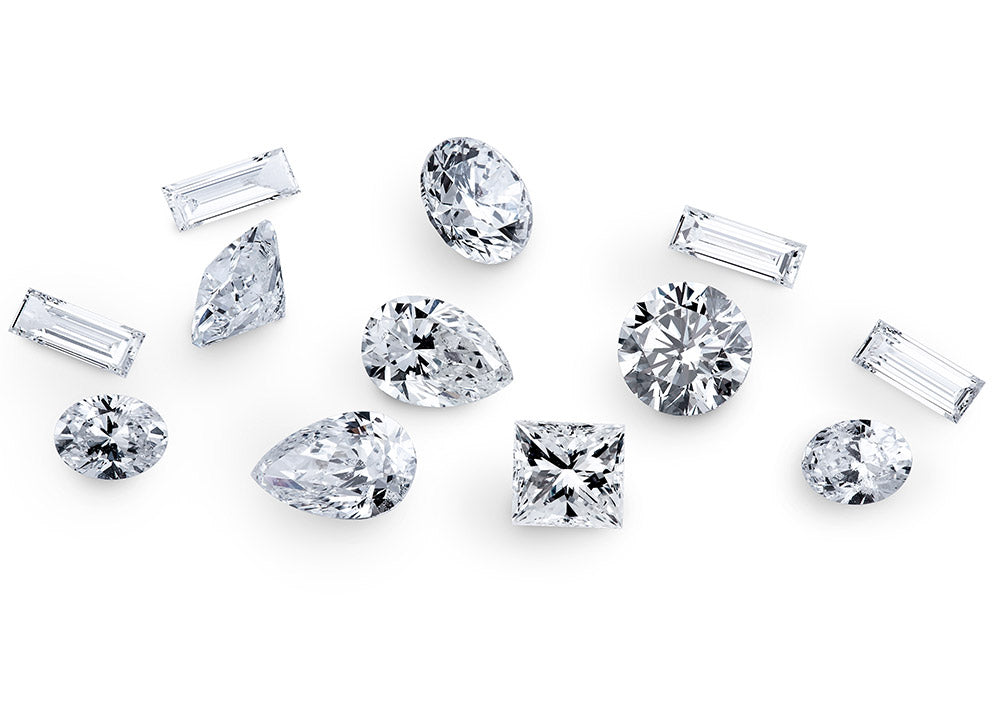
Unsere
Formen
Wir bieten verschiedenste Formen von Diamanten an. Darunter fallen zum Beispiel Rund, Oval, sowie Kissen. Bitte kontaktiere uns für einen kostenlosen Termin, für jede Form und Größe von Diamanten, die du dir vorstellen kannst.
